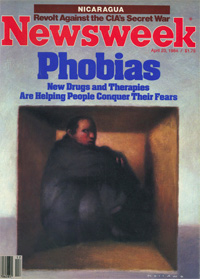No one wants to be the person with a screaming baby on a plane. Traveling with your kids is stressful enough without having to worry about how to avoid being the most hated person onboard. For tips on how to keep things calm, we called up Captain Tom Bunn, a former commercial airline pilot who is now a therapist helping people of all ages overcome their fear of flying.
Tip 1: Manage your own anxiety
If you're anxious about how the flight is going to go, your baby will pick up on that, according to Bunn. "Brain scanning has shown that as an expectant mother approaches delivery, the brain is flooded with a hormone that causes her to become obsessed with safety," Bunn says. "The hormones go away after delivery, but the patterns can remain." If you recognize that and stay calm, chances are your baby will stay calm, too.
Tip 2: Save feeding time for right before landing
Bunn says infants won't have any problems with take-off, but landing can hurt their ears as their eustachian tube is still primitive. "The key here is to make sure the baby is awake during this time, so he or she can move around and maybe wiggle their jaw a little bit," he says. Bunn suggests nursing your infant right before the plane starts its descent, but if that doesn't fit into your feeding schedule, giving him or her a pacifier will help, too.
Tip 3: Show kids what to expect
Children with austism especially can have a hard time with flying because they have trouble not being in control or knowing what's about to happen. Before your trip, Bunn suggests watching these pretty cool videos on YouTube with your child, which are filmed from a child's perspective. Developed by PEAT (Parents Education as Autism Therapists), the videos show kids what to expect every step of the way. "They aren't just good for kids with autism," Bunn says. "They're great for any kid who isn't keen on flying."
Tip 4: Visit the cockpit
Passengers with children get to board the aircraft early, and Bunn says this is the perfect time to take your kids to meet the pilot and check out the cockpit. "By this time, the pilot is done with the checks, so they are happy to talk with kids. Just ask a flight attendant and he or she will almost always take you and your kids up," Bunn says.
Tip 5: Know when it's an indicator of a bigger problem
Bunn stresses that if an infant or child is scared to get on an airplane for no apparent reason, chances are it is a sign of a bigger problem that should be addressed through therapy. "There may be a problem with your child really feeling safe," he says. A child should instinctly trust that their caregivers will keep them safe, even when experiencing something new, so if he or she doesn't seem to feel that way, the parent-child relationship needs to be analyzed. Bunn stresses that it's important to do this when the child is young as the relationship and patterns will be hard to mend when he or she becomes a teenager.









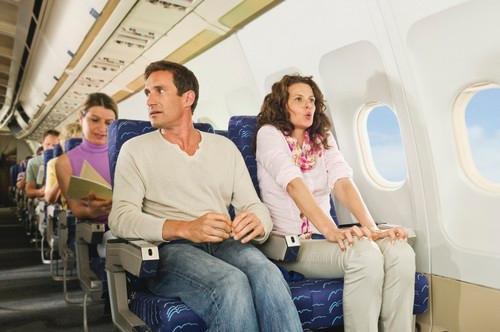

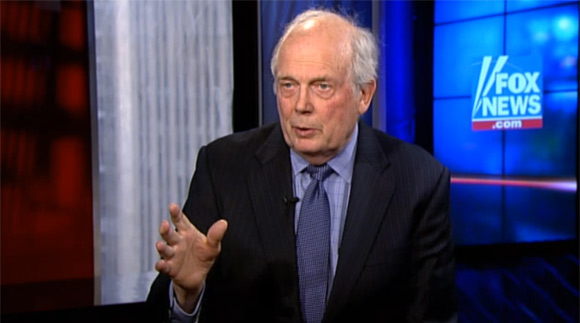

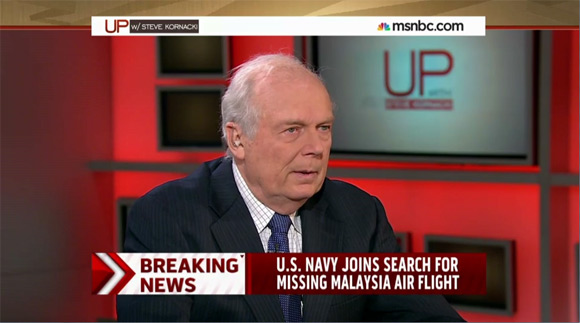




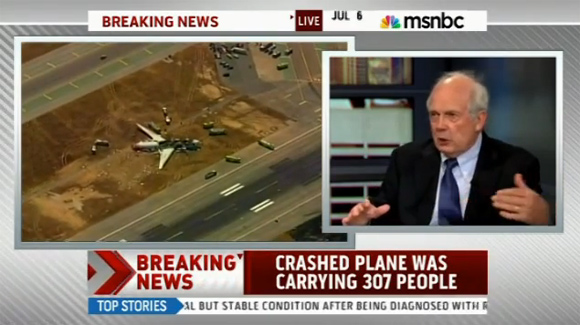


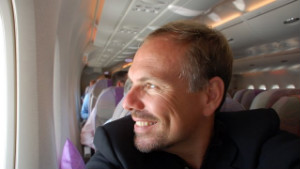


 Edmonds, a 44-year old realtor from Connecticut, has an intense fear of flying like many fliers.
Edmonds, a 44-year old realtor from Connecticut, has an intense fear of flying like many fliers. 


